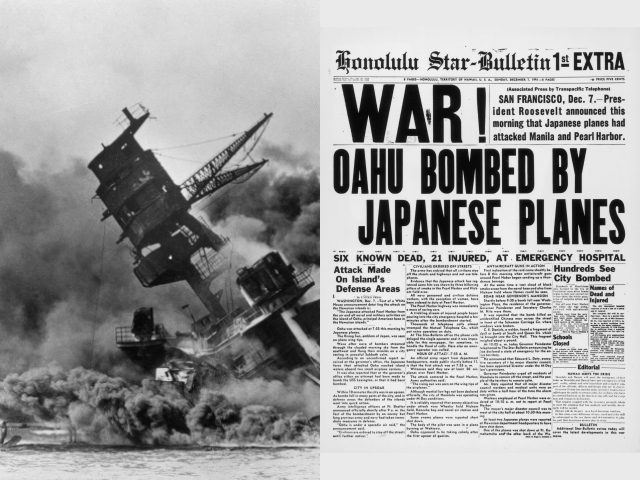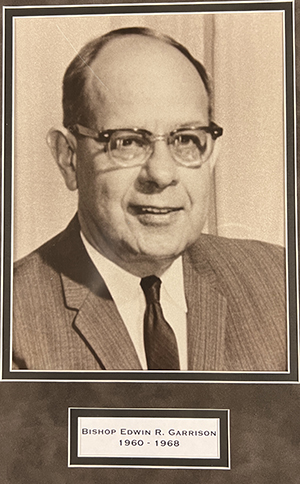
We are yet alive: United Methodists in the history of North Dakota and South Dakota

Photo from History on the Net.
I have posted Chapter Five of the new history of The United Methodist Church’s Dakotas Conference on my website. Both the content and my writing of it have been a long time in the making. Chapter Five goes back to the Second World War and generations that have today just about finished leaving us. It comes forward to the merger of denominations that, in 1968, created The United Methodist Church—a denomination that is today rapidly splitting apart over human sexuality.
I turned my attention to the period 1940-1968 in 2020 just as the COVID pandemic broke out. Today, as I post the results of thinking about these war and postwar years, many United Methodist congregations are trying to put themselves back together after a long and difficult struggle just to stay open.
It was not easy for me to present the people who lived thru the 40’s, 50’s, and 60’s in their own terms—highlighting their hopes for a better, more peaceful world and their ignorance of how the real world would turn out in the 21st century. I found myself constantly making connections between their time and our time, something that historians need to do but not at the expense of understanding the people who lived before us.
Anyone who reads Chapter Five is bound to look for what’s “relevant” today and will quickly find it in my descriptions of war, race, gender, counseling as a practice of ministry, involvement of Christians with social issues, congregations as social service providers, emphasis on the spiritual development of individuals, camping and the call to ministry, starting new congregations, fundraising, and the real reasons for membership decline.

Dakotas Conference file photo.
Many Dakotas United Methodists will recall people whose lives I discuss like Byron and Gladys Davis, Rod Gist, Bishop Garrison, Bishop Heininger, Fred and Mabel Hubbard, Grace Huck, Harvey Sander, Roger Smith, Bob Vessey, Bishop Voight, and Bob Wagner.
We need a good deal of imagination to remember that people familiar to us because they figured large in the recent past actually came from a different time than our own. But we also need imagination to discern a more profound connection with them.
They lived, like we live, as stewards of the world they inherited, not the world they might have preferred to live in. Like them, we live in fear, hope, and ignorance about the future. Helping to create a better world, as they did in many ways, requires humility about our limits but also courage not to give up.
Chapter Five is divided into three sections:
Pearl Harbor, Territory of Hawaii, December 7, 1941
Lake Poinsett Methodist Camp, South Dakota, June 1, 1952
Dakotas Area Convocation, Aberdeen, South Dakota, October 6-8, 1967
Earlier chapters are available:
West River and the Second Frontier
The Great War and the Great Depression
I am a retired clergy member of the Dakotas Annual Conference of The United Methodist Church and a historian with a Ph.D. in history from the University of Cambridge. I can be reached at historian@centurylink.net.